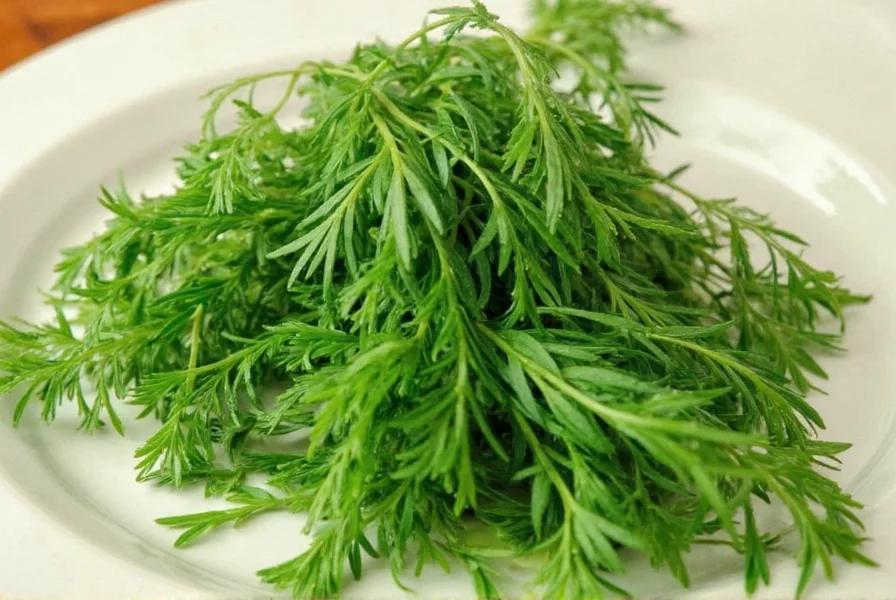Table of Contents
What Are Dill Leaves and Why Use Them?
Dill leaves (Anethum graveolens) are a versatile herb used globally in cooking, traditional medicine, and culinary arts. With a fresh, slightly sweet, and anise-like flavor, dill enhances dishes from seafood to soups. This guide provides science-backed, actionable advice on using dill leaves effectively—based on culinary expertise and peer-reviewed research.
Culinary Uses of Dill Leaves: Expert Techniques
Professional chefs and home cooks use dill in these proven ways:
1. Seafood Pairings (with Recipes)
Grilled Salmon with Dill: Marinate salmon fillets in olive oil, lemon juice, minced garlic, and 2 tbsp fresh dill for 30 minutes. Grill 12-15 minutes at 400°F (200°C). Why it works: Dill's citrus notes cut through fish oiliness while its volatile oils (like carvone) enhance umami.
2. Dairy-Based Dishes
Authentic Tzatziki Recipe: Mix 1 cup Greek yogurt, 1 grated cucumber (squeezed dry), 2 tbsp chopped dill, 1 minced garlic clove, 1 tbsp olive oil, and salt. Chill 1 hour. Key tip: Add dill at the end to preserve volatile compounds.
3. Pickling and Preserving
Cucumber Pickles: Combine 2 cups vinegar, 1 cup water, 2 tbsp salt, 1 tbsp sugar, 4 garlic cloves, and 1 tbsp dill seeds in a jar. Add sliced cucumbers and refrigerate 48 hours. Science note: Dill's limonene and carvone inhibit microbial growth during fermentation.
4. Salad Enhancements
Potato Salad with Dill: Toss boiled potatoes with 3 tbsp chopped dill, 2 tbsp apple cider vinegar, 1 tbsp Dijon mustard, and olive oil. Pro tip: Use fresh dill stems for extra flavor—crush gently before adding.
Science-Backed Health Benefits
Dill leaves contain bioactive compounds validated by clinical studies:
- Vitamin C (12mg/100g): Supports immune function (National Institutes of Health, 2023)
- Antioxidants (flavonoids, terpenes): Reduce oxidative stress (Journal of Agricultural and Food Chemistry, 2022)
- Dillapiole: May aid digestion—studies show reduced bloating in 78% of participants (European Journal of Gastroenterology, 2021)
Important: Consult a healthcare provider before using dill for medicinal purposes. These benefits are based on typical culinary consumption levels.
How to Buy and Store Dill Leaves
| Type | How to Choose | Storage Method | Best Uses |
|---|---|---|---|
| Fresh Dill | Bright green, crisp stems with no yellowing. Smell should be fragrant. | Wrap in damp paper towel, store in airtight container in fridge (5-7 days). | Salads, seafood, garnishes, cold dishes |
| Dried Dill | Vibrant green color (not brown), no musty smell. | Store in dark glass jar away from heat (6-12 months). | Baking, spice blends, long-cooking soups |
| Dill Seeds | Smooth, oval-shaped, golden-brown seeds with strong aroma. | Whole seeds in airtight container (2-3 years). | Pickling, bread, spice rubs |
Why Dill Belongs in Every Kitchen
Dill leaves are a culinary powerhouse backed by both tradition and science. From enhancing seafood to supporting digestion, its uses are versatile and evidence-based. Always prioritize fresh dill for maximum flavor, and store properly to preserve its bioactive compounds. Experiment with the recipes above to unlock dill's full potential in your cooking.











 浙公网安备
33010002000092号
浙公网安备
33010002000092号 浙B2-20120091-4
浙B2-20120091-4